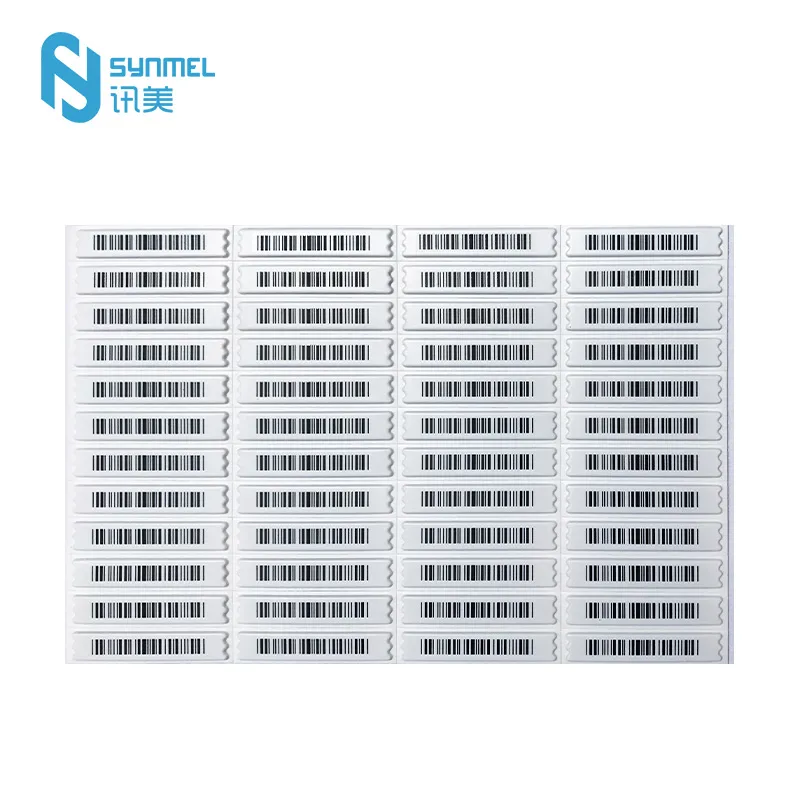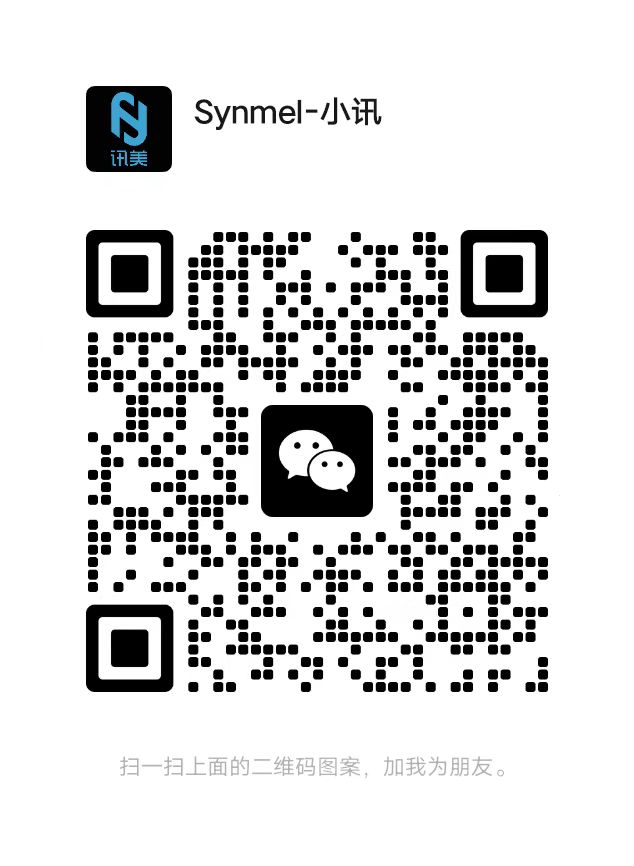- English
- Español
- Português
- русский
- Français
- 日本語
- Deutsch
- tiếng Việt
- Italiano
- Nederlands
- ภาษาไทย
- Polski
- 한국어
- Svenska
- magyar
- Malay
- বাংলা ভাষার
- Dansk
- Suomi
- हिन्दी
- Pilipino
- Türkçe
- Gaeilge
- العربية
- Indonesia
- Norsk
- تمل
- český
- ελληνικά
- український
- Javanese
- فارسی
- தமிழ்
- తెలుగు
- नेपाली
- Burmese
- български
- ລາວ
- Latine
- Қазақша
- Euskal
- Azərbaycan
- Slovenský jazyk
- Македонски
- Lietuvos
- Eesti Keel
- Română
- Slovenski
- मराठी
- Srpski језик
How to make full use of AM soft label?
2024-09-03
To make the most of AM soft labels, consider the following aspects:
1. Design optimization
Flexibility: Design labels to take advantage of their flexibility and ensure that they can adapt to different surfaces and shapes.
Functionality: Identify the functional requirements of the label, such as information display, product tracking or anti-counterfeiting, and optimize the design to meet these requirements.
2. Material selection
Durability: Select wear-resistant and chemical-resistant flexible materials to ensure the reliability of the label under various environmental conditions.
Comfort: For labels attached to the skin or touch parts, choose soft and comfortable materials to improve the user experience.
3. Application method
Attachment technology: Use appropriate adhesives or attachment methods to ensure that the label can be firmly attached to the target surface.
Removability: Design labels that are easy to remove and do not leave residual adhesive, suitable for application scenarios that require frequent replacement or adjustment.
4. Information encoding
Clear identification: Clearly mark the necessary information on the soft label, such as barcodes, QR codes, serial numbers, etc., for easy reading and scanning.
Anti-counterfeiting measures: The characteristics of flexible labels can be combined to add anti-counterfeiting designs to improve the safety and authenticity of labels.
5. Testing and verification
Environmental testing: Conduct tests under actual environmental conditions to ensure that the labels can maintain stability and information readability during use.
Durability verification: Test the durability of labels, such as wear resistance, high temperature resistance and moisture resistance, to ensure their long-term effectiveness.
6. Integration and data management
Data system: Integrate label information with data management system to achieve real-time update and tracking of information.
Information update: Provide a convenient way to update label information to maintain data accuracy and timeliness.
7. Compliance and certification
Comply with standards: Ensure that label design and materials comply with industry standards and relevant regulatory requirements.
Obtain certification: If necessary, obtain relevant certification to improve market recognition and trust in labels.
8. User experience
Comfort: Consider user comfort when designing labels, especially when labels are attached to places that directly contact the skin.
Usability: Ensure that the label design is easy to operate and understand, and is convenient for users to use and manage.
Through these measures, the advantages of AM soft labels can be fully utilized and their effects and value in practical applications can be improved.




